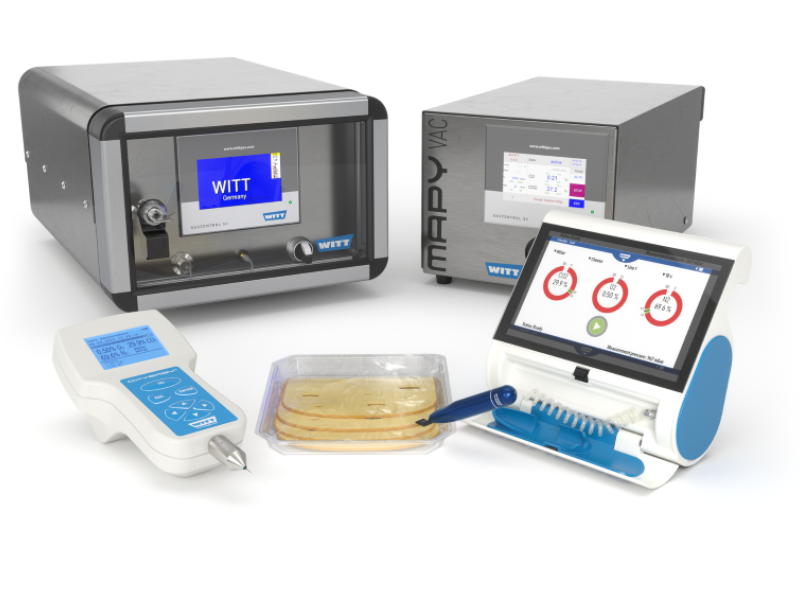Global warehouse and logistics automation leader, Swisslog, has released a two-part white paper series on the challenges facing the food and beverage industry, and how automation can help companies remain competitive and adaptable.
From locations in over 20 countries, Swisslog has implemented more than 2,000 automation projects worldwide, including some of the largest players, and household names in the food and beverage industry, such as Coca-Cola Amatil.
The food and beverage industry has one of the trickiest supply chains to manage globally, as it contends with getting fresh food from farms, to distribution centres, to stores, to consumers, while meeting ever-changing consumer demands.
And if that wasn’t already a challenging enough environment, since 2020, Covid-19 has had widespread impacts on industries across the globe. For food and beverage, it resulted in more packaged products and stricter handling requirements, particularly reducing manual handling where possible, to minimise the risk of spreading the virus.
“Further complicating this delicate supply chain are factors such as volatile commodity pricing; inventory management that accounts for perishability; traceability, quality and safety; frequent new introductions; high demand uncertainty; complex manufacturing constraints; and environmental impacts of climate change,” explains Arijit Biswas, Senior Sales Consultant for the Food and Beverage sector, Swisslog Australia.
“When you consider that 30 percent* of all food that is produced globally is never consumed, companies in the industry have to be as intelligent as possible in their approach to storage, warehousing, logistics and distribution in order to stay competitive,” he said.
Consumers are changing where they eat, how they eat and what they eat, as a result of lockdowns and other Covid-related precautions and restrictions. As awareness of the contagiousness of Covid-19 rose, so did product packaging, in an attempt to shield goods from potential contamination.
“As companies sought to operate in what Governments liked to call ‘the new normal’, it became apparent that stricter handling requirements would be needed to safeguard consumers against the risk of infection,” said Biswas.
“Companies that had invested in automation technologies were able to assure their customers that there was minimal manual handling of goods, and therefore a far lesser risk of infection.
“We’re not saying that automation is a silver bullet solution, and will suddenly solve all problems facing the food and beverage industry, but it is an essential tool in remaining flexible enough to adapt to change, and productive enough to stay profitable. And when you consider all the challenges facing the industry, including Covid-19 impacts, flexibility and adaptability to change are qualities all food and beverage companies are striving for,” he said.
Ongoing automation benefits discussed in the white paper include:
• Efficient inventory management, resulting in prompt order fulfilment and less waste.
• Time-phased Replenishment Planning (efficient, automated and continuous replenishment).
• Optimisation of master data in supply chain management.
• Planning of sales and operations.
• Stock density and personnel safety.
• Track and traceability systems, plus meeting consistent and quality packaging and hygiene requirements.
The paper also discusses the benefits of the integration of automated warehousing and logistics, choosing the right technology, and the benefits of specifying automation technologies early.
“Because the automation strategy is integral to building design, where possible, businesses should select the automation system before the building is designed. This allows the building designer to fully leverage the capabilities of the system to achieve greater efficiencies. It may mean that a smaller space is required, leading to reduced land or leasing costs and reduced power and utilities costs,” said Biswas.
Case studies
The white paper looks at three case studies of globally respected food and beverage companies who have adopted automated systems, and are seeing strong benefits in their operations. The case studies, which are among hundreds of examples of Swisslog automation systems operating globally, include:
Laurent Bakery, Victoria, Australia, which installed an automated solution designed for enhanced storage-density (5-deep and 10-deep storage with over 5,000 pallet locations), utilising fully-automated Vectura stacker cranes for storage and retrieval of palletised goods.
Lineage Logistics, Texas, USA, which has a 96,000 square foot (approx. 8,900 square metre) facility equipped with Swisslog’s PowerStore automated pallet storage and retrieval system. It serves as a template for the company’s next generation of cold storage warehouses, as their operations continue to expand.
Apetito, Rheine, Germany, a leader in frozen, ready-made meals, which has as the centrepiece of its new logistics and distribution centre, an automated carton warehouse with a connected order picking area. On a footprint of 1,085 square metres, the facility houses a 35 x 31 x 21 metre (LxWxH) automated small-parts warehouse with 77,500 storage locations. Maintained at a temperature of minus 24 degrees Celsius, the warehouse is used to store food packed in boxes. The average storage period is 1.5 days.
“What’s clear from these diverse case studies is how customisable automation solutions can be. Each company has unique needs and Swisslog worked closely with their teams to develop an ideal solution that would deliver ongoing benefits,” Biswas concludes.
*Source: Deloitte.
Details, Ruby Wannous,
Email: ruby.wannous@swisslog.com
Download
Part One HERE [
Download
Part Two HERE [






